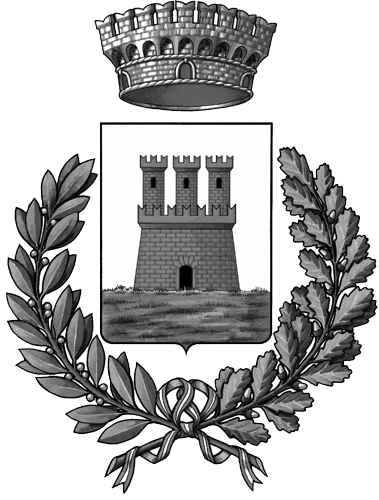Rupestrian settlement and crypt of the Eternal Father
 See all tours
See all tours
Rupestrian settlement and crypt of the Eternal Father
360

Rupestrian settlement and crypt of the Eternal Father
Year of construction XI-XII secolo
AddressGravinella di Coriglione
Coordinates40.626672, 16.930688
Rupestrian settlement
Rupestrian settlement and crypt of the Eternal Father
Exterior
The hypogee of the Eternal Father is not far from the residential area, and it is situated in the so–called ravine of Coriglione. Considering the traces of different phases of excavation, it is datable to a period prior to the 12th century.
South of the crypt, you can find a rich rupestrian settlement that includes an oven with a table and seats carved in the rock.
Interior
The church has a trapezoidal plan, so dug in order to facilitate the lighting. There are three naves of different sizes separated by pillars and ending in three apses. An arch separates the central nave from the sanctuary.
The presbytery has a quadrangular plan and ends with a flat-bottomed apse with a Latin altar, leaning against the wall. On the left there is another rectangular aisle with the same type of altar and two circular holes for housing containers. At the two ends of the presbytery there are two quadrangular holes called “infundibulum”. They may also be the remains of two plutei destroyed by the excavation of square holes. Other holes and pits were dug in the floor, perhaps to adapt the church to other uses.
The wall of the central apse is enriched by a monochrome fresco, a Déesis representing Christ Pantocrator (“Almighty”) between the Virgin and St. John the Baptist. It is considered a unique painting, for in comparison with traditional iconography it is characterized by the presence of scrolls with inscriptions in Latin in the hands of the Virgin and the Baptist. It dates back to the 12th or 13th century.
The aisle on the left is frescoed with two figures, one of which is a St. Peter (according to the exegetical writing next to the head) blessing in the Greek manner and probably dating back to the 14th or 15th century.
To the left of the entrance there is a water-supply cistern.
Other frescoes are the Original Sin next to the left aisle and Our Lady of Tenderness on the left pillar, both datable to the first half of the 14th century.
360

Last tours
















